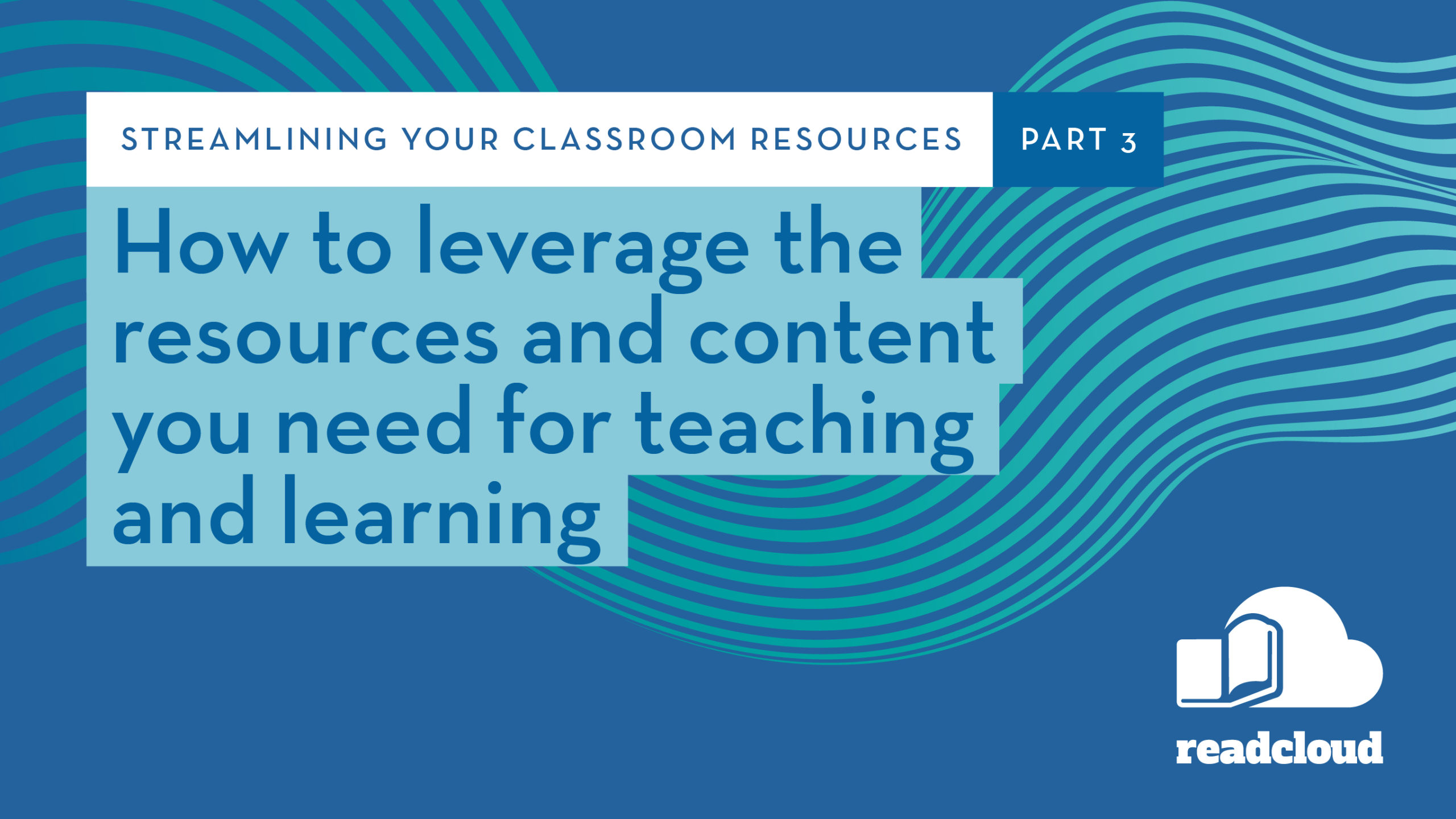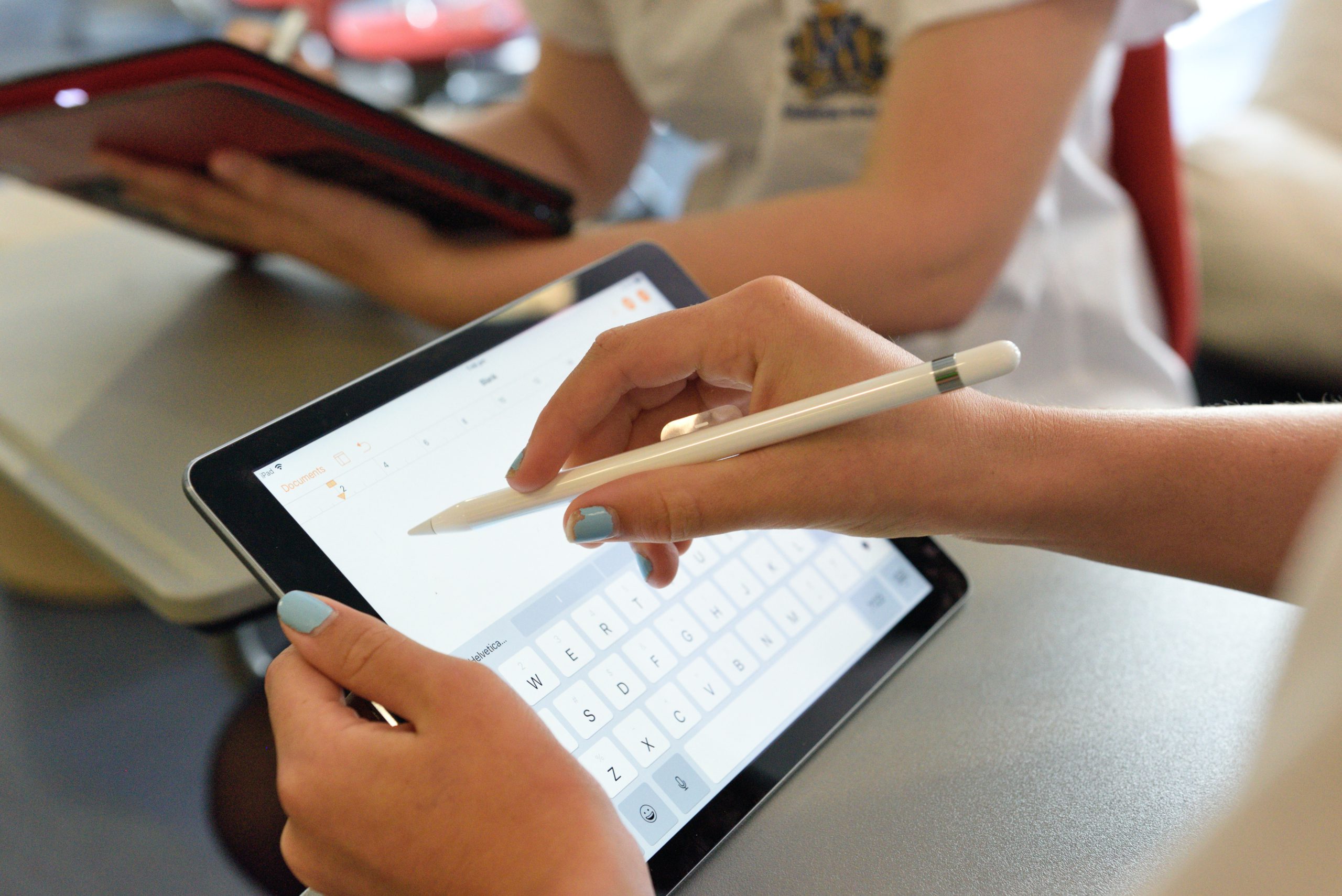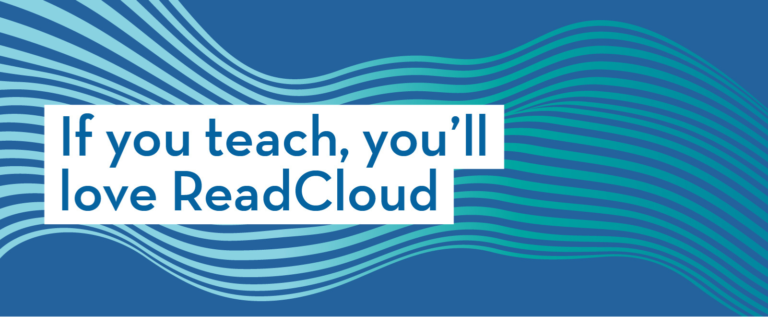
In the final part of this Back to School series focusing on preparing the classroom for the coming school year, we take a look at the role your resources play in the classroom and how to think about them in the context of your teaching and learning program.
Throughout these blog posts, we’ve focused on the challenges faced in preparing and organising your classrooms and planning for new paradigms such as Distance Learning Mode (DLM). One of the key components of getting ready for the new school year is thinking about how you can leverage the resources and content you have access to. The resources you have in your classroom are a major factor to consider when it comes to your ability to teach and learn. That’s why this article aims to help you navigate the important part your resources play and how you can leverage them for a successful school year.
Choose the right content and workflow systems to make teaching and learning easier.
The right system can assist you in choosing relevant content as well as organising it and delivering it to students in an accessible way. They can help you to simplify your lesson planning and delivery by:
- Choosing the best and appropriate content for each student or class.
- Organising your resources into lessons that are easy for students to find.
- Curating resources for students without having to share copies of files or folders on a network drive.
- Sorting or filtering resources based on criteria (such as year level or class), so you don’t spend time sorting through everything manually; this also means that students will be able to find what they need more easily when they’re ready for something new!
Engage students with quality interactive content.
If you’re a teacher, chances are you have some sort of lesson plan in mind. But how do you present your curriculum in the most engaging way possible? The answer is by using interactive content to help students connect with your lessons. With a growing number of resources available to teachers, it’s easier than ever to incorporate interactives into your classroom.
Providing your students with meaningful, interactive content is a key way to support their learning. Interactive content helps students make connections between what they have learned and real-world situations. It also gives them opportunities for reflection and critical thinking, which in turn helps them develop problem-solving skills.
There are many types of interactive content available online: games, videos, simulations and apps are just a few examples. In addition, more and more not-for-profits, startups and companies are producing incredibly high-quality interactive content including the likes of Education Perfect, STILE, Edrolo and ClickView. The production and use of this content make it easy to fold into your existing lesson plans and help you to relate information to students in different ways while providing you with tools to gather feedback and conduct assessments.

Embed digital textbooks into the curriculum.
Ok, we’re a bit biased on this one because we love digital textbooks and novels. But that’s because the digital textbook is a tool that can be used to improve the quality of learning for students and teachers. To do this, it’s important to use them in the right way.
The rise of digital textbooks has created a unique opportunity for schools to make their teaching materials more accessible and dynamic. They’re an additional resource that can be used to supplement existing materials and methods of teaching. Digital textbooks can also be easily embedded into existing lesson plans by combining both static and dynamic content into one document.
One of the biggest benefits of digital textbooks is that they allow you to track how much time students spend on each page, and how often they open it up. This goes hand in hand with the ability to track student progress through your curriculum. This information can be used to inform your teaching and provide insights into how students are interpreting the material.
What about your print textbooks? The most important thing to remember about digital textbooks is that they don’t have to be a replacement for print. They can be used in conjunction with or as a supplement to traditional printed textbooks.
Create a flexible program that supports in-classroom, blended, and fully digital learning.
It’s important to look at the context of your classroom and then choose the best way to use resources and content. Different modes of learning will require different approaches and having resources and content that allow you to easily switch between in-classroom, blended or fully digital learning can save you time.
Technology can help you support your student’s learning in the classroom by providing resources that enhance lesson delivery. You can use technology to help you design lessons that are engaging and interactive for your students by choosing tools that encourage collaboration between themselves as well as between them and the teacher. You may end up wanting to use some specific resources in a very targeted way, while others may be used more generally across multiple classes or in many different content areas.
For example, you might be using an online textbook as part of a blended learning approach with project-based learning activities designed around it; or you might be using video clips from different educational channels through YouTube that are relevant to students’ coursework but not necessarily connected directly with the material they’re studying, or perhaps you’ll rely on peer-reviewed articles on specific topics that connect directly with their current learning needs.
Technology can help you support your student’s learning in the classroom by providing resources that enhance lesson delivery in the right context.

Tools like ReadCloud make it easier for you to get access to the best content and resources for your classroom.
Technology like ReadCloud can help you streamline your classroom resources and get access to the content and resources you need for teaching and learning next year. Using a digital resource platform makes it easier for you to create a flexible program that supports in-classroom, blended, and fully remote learning. That’s because we’ve created a platform that allows teachers to access the content they need including digital textbooks and interactive resources from any location and on any device. They can even access it when teaching remotely – without any internet connection – thanks to offline access!
We want to make sure that teachers have access to the resources and tools they need so that they can focus on what’s important—their students. That means giving them access to quality content, interactive resources and other digital materials that engage students in learning.
Sign your school up for a free 3-month trial of ReadCloud. Choose to use it with selected cohorts or your entire school to experience how easy it can be to simplify teaching and learning.
Visit readcloud.com/trial to book your trial today!




